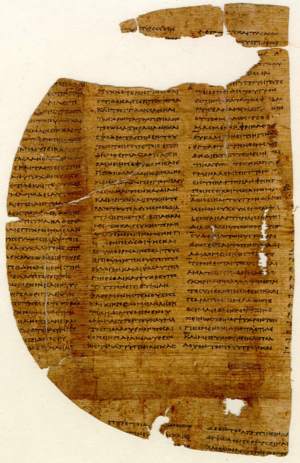
detail

Greek physician in Alexandria; worked c. 250 BC.
Erasistratos (Latin: Erasistratus) was born in Iulis on the island of Cos and studied medicine in Athens, where he married one of Aristotle's daughters. He continued his studies at Cnidos and finally settled in Alexandria.
Erasistratos studied the circulatory and nervous systems. He discovered the difference between sensory and motor nerves but assumed that the signals were transmitted through fluid inside the nerves, which he considered to be hollow. His concept of the circulatory system was based on the idea of air being carried from the lungs to the heart. In effect, his theory of circulation was based on flow from the veins to the arteries, the reverse of the actual situation. His works survives in many medical terms of parts of the circulatory system which he first introduced.
Eratostenes described the convolutions of the brain, named the trachea, based on observations from dissections. The fact that he could observe brain activity strongly suggests that some of his observations were based on vivisection.
The fragment of a manuscript shown below is believed to be one of the works of Erasistratos "On phenomena associated with high fever and their causes" (papyrus collection of the Institut für Altertumskunde der Universität Köln [Cologne] VIII Tafel XXVI)

